
How secure is your office truly? Following the recent Midtown Manhattan mass shooting, corporate security managers nationwide are confronting a sobering new reality: workplace violence is no longer an outside possibility, even in the midst of vibrant business corridors. As reports tell the story of the tragedy and executives rush to placate workers, the discussion of office safety has begun a new, more pressing chapter.
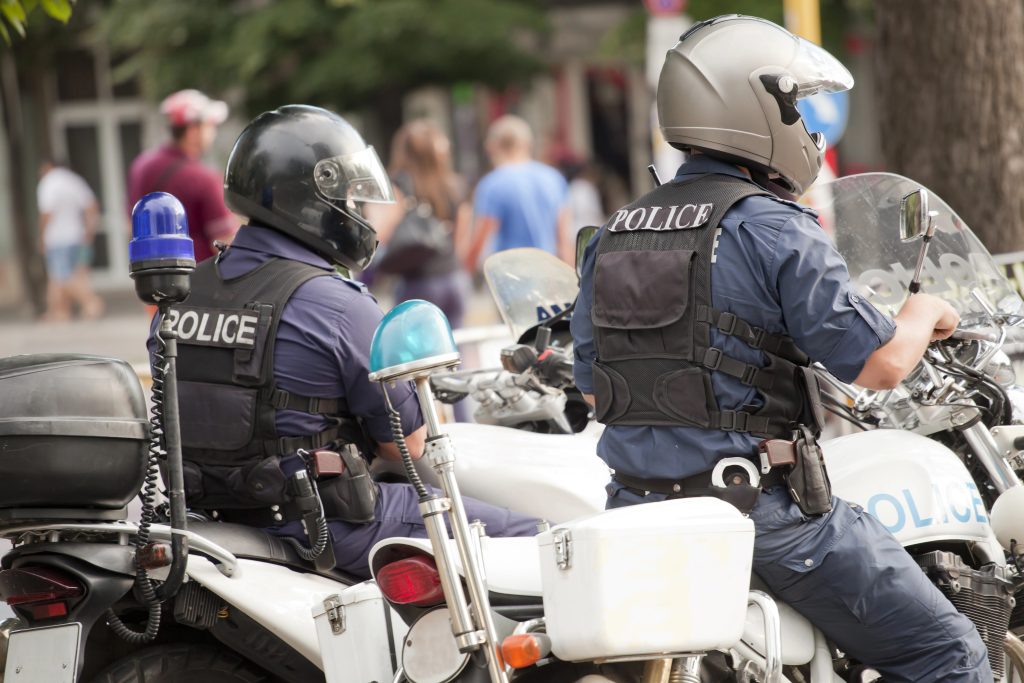
1. The Growing Menace: Violence Makes Its Way Downtown
Downtown business districts had appeared insulated for years from the violence that periodically shook other areas of the country. That fantasy was shattered when a gunman dressed in body armor with a high-powered rifle walked into an office building in Manhattan and murdered four individuals, including a real estate executive. The suspect’s ability to stroll from a double-parked car into a secured building with a visible weapon left experts stunned.
As retired FBI special agent Richard Frankel explained, “It’s crazy that he was able to walk on a Manhattan street into a building and not be seen carrying a long gun.” Between 1994 and 2021, 16,497 American workers were “intentionally killed while at work,” a number that’s only increasing as corporate headquarters become an increasingly popular target for disgruntled grievances against corporations.

2. Security Upgrades: Doubling Down on Deterrence
The reflexive response? A historic spike in orders for armed guards, state-of-the-art surveillance, and threat assessments. Sean Crowley, president of CTS Research and Investigations, was direct: “The phone hasn’t stopped since this morning.”
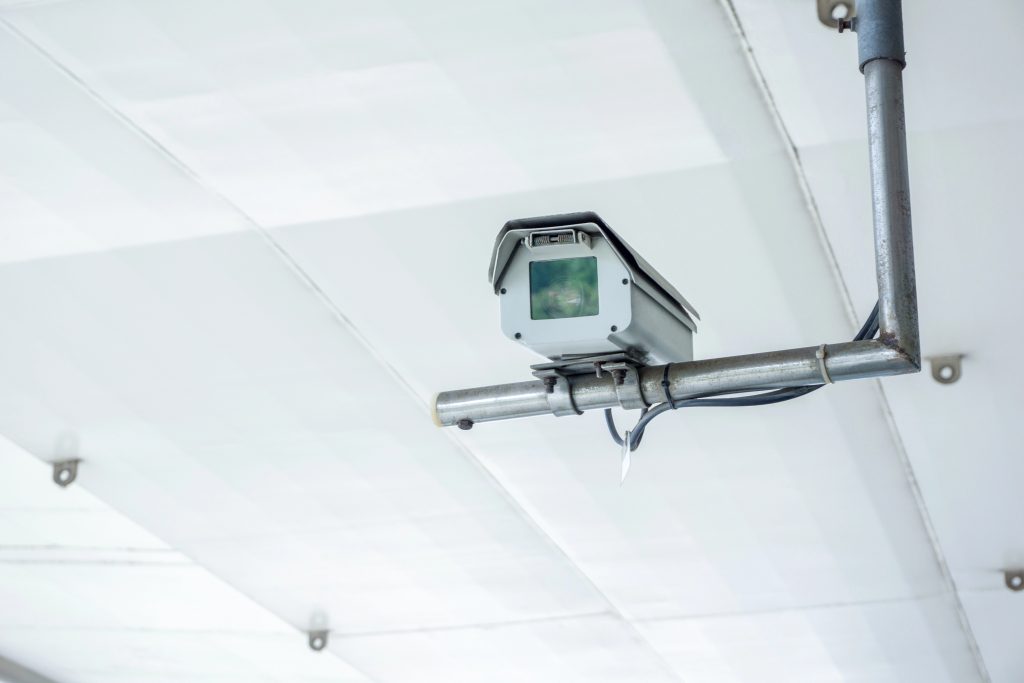
His company, which aids businesses in rapidly securing law enforcement to fill security positions, has received inquiries for lobby guards more than double the previous night. Hiring an armed former or off-duty police officer to stand guard in your lobby will run building managers $75 to $200 an hour or more, but for many, it’s worth every penny as visible security has a powerful deterrent effect.
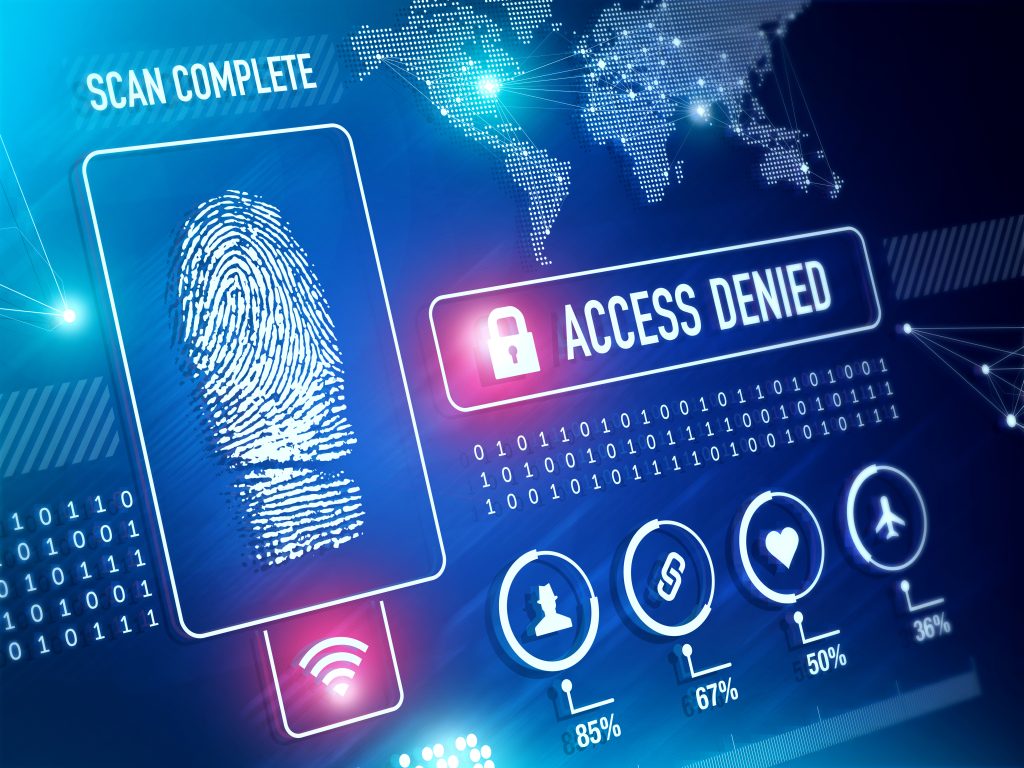
3. The Limitations of Physical Security: Where Determination Beats Obstacles
Even with these safeguards, experts warn that no level of security can render an office fully impenetrable. As security adviser Kelly Johnstone noted, “You can put as much security on an office building as you want. You can make it impenetrable.” But if it’s a public facility where you receive visitors, you have to decide how much security you need [and] still open for your visitors. The shooter in Manhattan with an assault rifle breaking in shows the limitations of even the most stringent procedures and the necessity of layered, responsive strategies.
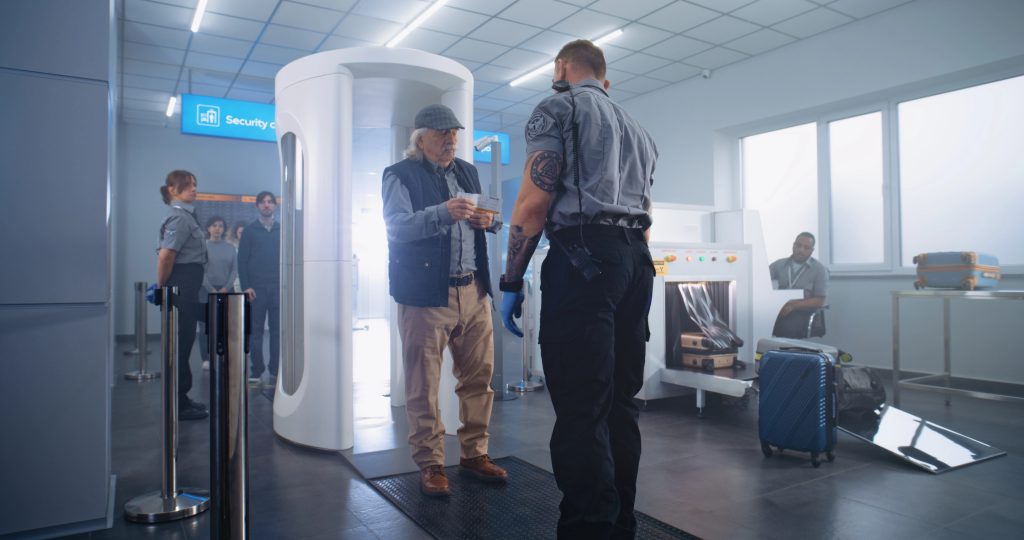
4. Rethinking the Root Causes: Beyond Metal Detectors and Guards
Whereas beefed-up security is the initial response, a more profound argument hovers in the background: are these solutions tackling the underlying causes of gun violence, or simply treating symptoms? Behavioral economists such as Jens Ludwig contend that the majority of shootings aren’t calculated robberies they’re sudden acts triggered by fights, pressure, or rage. “Most shootings in America are not premeditated.” They’re garden-variety arguments that go off the rails, and they lead to tragedy because someone’s got a gun, Ludwig says. This observation offers a clue that although physical barriers are important, stopping violence also involves stopping emotional triggers and weapon access at an institutional level.
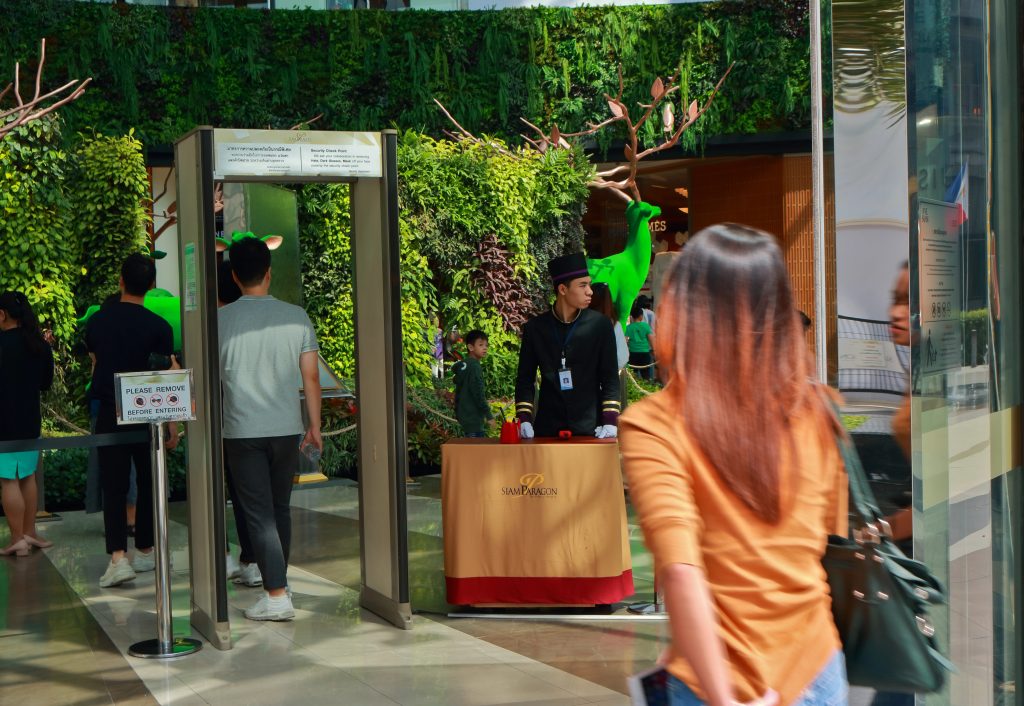
5. The Role of Gun-Free Zones: What the Data Really Shows
The effectiveness of gun-free zones is highly contested. Others argue they make “soft targets,” but new research depicts a different scene: active shootings were 62.5 percent less likely to take place in gun-free venues than in gun-permitting ones. Gun-free restaurants and bars, studies concluded, had 37 percent fewer shootings around and on their properties than venues that permitted firearms figures that contradict the premise that more guns equal safety. For corporate security executives, it means policy must be made with evidence, not polling.

6. Proactive Risk Assessment: The Power of Threat Detection
Leading-edge security programs today are more than guards and cameras. They involve behavioral threat assessments the identification of employees or outsiders who might be a risk following recent firings, personal crisis, or suspicious social media activity. As Donald Mihalek, a retired Secret Service agent, points out, “This person may have maybe said something regarding online or somewhere else but if nobody reports it or is paying attention, it can’t be detected.” AI-driven video surveillance and frequent threat evaluations are becoming ubiquitous instruments for detecting subtle warning signs before violence erupts and allowing for earlier intervention.

7. Crisis Communication: Building Trust When It Matters Most
When violence does occur, transparent, empathetic crisis communication is essential. Professionals note that organizations need to be a “trusted source” to the employees and the public, providing timely, open communication and support. The American Water Works Association’s pandemic response demonstrated that open, regular communication helps to restore trust and stability following a crisis a lesson that all security managers should learn. Having a specifically assigned crisis team, equipped spokespeople, and a strong media strategy ensures the story remains accurate and compassionate, never reactive or defensive.

8. Trauma-Informed Support: Supporting Employees After the Inconceivable
Following a violent act, the emotional aftershocks may linger even after the media attention drops away. Trauma-informed environments understand that staff members experience distress differently, and proactive mental health care is key. The National Alliance on Mental Illness suggests that leaders “lead with empathy and compassion,” make resources such as Employee Assistance Programs available, and establish safe space for employees to process and heal. Seventy-six percent of U.S. full-time employees experienced at least one symptom of a mental health condition in 2021, a figure that’s only increased in the aftermath of workplace violence and continued societal stress.
Security chiefs no longer have the simple task of keeping doors open or shut now they’re on the front lines of a multifaceted, changing challenge that requires diligence, flexibility, and a strong investment in physical and psychological safety. The security future of the corporate world will not be determined by new tech or regulations, but by confronting uncomfortable realities, advocating data-driven solutions, and having compassion for the individuals behind the ID badges and ID cards.


